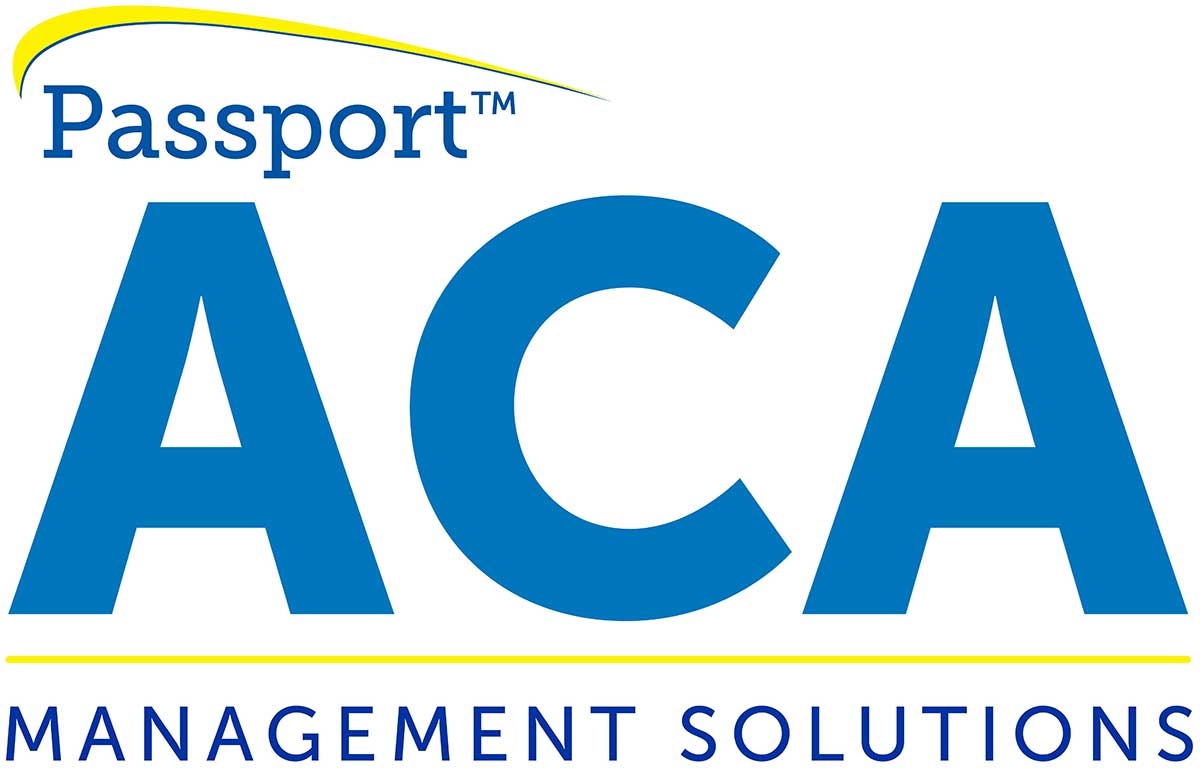
Prepare for the Affordable Care Act in 2024 (2025 Q1 filing)
Hello again,
This post is for Applicable Large Employers (ALEs) required to comply with the Affordable Care Act. We hope you find it useful.
It’s crucial to track and manage ACA data year-round in order to remain compliant. ACA compliance management may be complex if your company has numerous employees, variable-hour employees, seasonal, or temporary workers.
Companies with 50+ full-time employees must comply with ACA requirements. If you are not currently an Applicable Large Employer, it’s important to monitor your company’s growth. If you expand to 50+ full-time employees or full-time equivalents, your company will be required to comply with the ACA.
Passport Software’s IRS-certified ACA software streamlines data management for seasonal, temporary, and short-term employees. Workers with fluctuating hours may be part-time employees trending towards full-time.
Our ACA Software provides reports that alert when part-time employees are trending towards full time and when offers of coverage will be needed. The software also helps ensure that coverage falls within the affordable range based on IRS criteria. We are IRS-approved for optional proxy submission on behalf of our ACA software customers.
The Full Service option is even easier – just provide a spreadsheet with employee data and we do it all for you year-round, including filing. We also provide penalty response consultation services and have helped many companies avoid or drastically reduce penalties.
The IRS has begun requesting proof of ACA full-time calculations in audits. Staff must be classified correctly in order to determine if they are eligible for qualifying offers of coverage. Misclassifying employees as independent contractors is a common compliance error. Our ACA software and services can help you maintain compliance year-round to avoid costly penalties.
Simplify and Comply
If you or your company are new to ACA compliance, our ACA software and services can help you simplify and comply. We provide comprehensive customer support and training, and our experts are well informed regarding all aspects of ACA compliance. Here are some recent Affordable Care Act developments to help both new and veteran-filers stay on top of compliance.
Affordability
The most notable update for 2024 is the annual affordability adjustment, which has dropped significantly, to 8.39%. Remember—a lower percentage means the employee’s contribution is also lower, so it’s a good idea to reassess whether employee premiums have crept above this threshold. You should also consider whether your Safe Harbor* is the best fit for your staff:
– Federal Poverty Level—This has increased to $15,060/year. Divided by months and multiplied by 8.39%, the maximum affordable contribution is $105.29/month.
– Rate of Pay—Hourly rate x 130 x 8.39%. This equates to $218.14/month for someone making $20/hour. One advantage of this Safe Harbor is that you know what it will be at the beginning of the year. The other benefit is protection in case an employee’s average hours fall below 130/month while they are in a stability period and designated as FT. The downside is the result is the same no matter how many hours worked. By definition, most FT employees average more than 130 and there is no “credit” for those.
– W-2 Wages—Box 1 wages at the end of the year ÷ months worked x 8.39%. The most advantageous method for the vast majority of employers because it counts all hours and wage types—regular hours, overtime, commissions, bonuses, etc. The downsides are the rare FT employee whose hours fall below 130, and not officially knowing that maximum until the end of the year, but you can always estimate it mid-year using YTD wages.
Enforcement
ESRPs (Employer Shared Responsibility Payments) have grown more strict and more expensive each year and take several forms.
– The 4980H(a) penalty is now $2,970/year ($247.50/month). This is assessed when an employer fails to offer minimum essential coverage to at least 95% of its FT employees. Though this is a lower dollar amount per employee than the (b) penalty below, it is multiplied by the total number of full-time employees—usually resulting penalty notices well into six-figures. A 12-month violation for 337 employees would be over 1 million dollars.
– The 4980H(b) penalty is now $4,460/year ($371.67/month). This is assessed when a FT employee did not receive a qualifying offer to which they were entitled, and they have enrolled on the ACA exchange and been granted the Premium Tax Credit. Understand that you can do everything correctly and still receive a 226-J Letter and ESRP if the employee mistakenly claims that credit. The burden will be on your company to respond and dispute the penalty.
Late filing in 2024 (no amount has been quoted for the 2025 filing season) may result in a penalty of $310 per form.
– Failing to file at all can result in a $630 “willful disregard” penalty. Again, this amount is subject to change in 2025. This is also separate from the compliance penalties and anyone who receives a notice for not filing is almost certain to receive a 4980H(a) penalty of $2,970 multiplied by the number of your FT employees (as estimated from W-2s/W-3 by the IRS).
Compliance pays. During the initial years of the Affordable Care Act, the IRS was rather lenient with late 1095-C returns. We’ve seen that change over the last couple of years.
Other Recent Changes
These should no longer be a surprise, but electronic filing became mandatory for all companies this past year, and ICHRA (Individual Coverage Health Reimbursement Arrangement) reporting with 1095-C Line 17 for home/work Zip codes was added a couple years before that.
We hope these tips keep you on the right track for Affordable Care Act compliance. If the ACA is new to you or you have other ACA questions, Passport Software is here to help.
To learn more about how our ACA software and services can ease the burden of compliance, call 800-969-7900. Or, contact us – we are here to help.
* Safe Harbors are IRS-approved methods of calculating an employee’s income
